Health Check and Maintenance of Heating and Ventilation Systems in Log Cabins
Proper heating and ventilation are crucial to the comfort, safety, and longevity of a log cabin. Whether you’re using a wood stove, a gas heater, or a modern HVAC system, maintaining these systems not only ensures they operate efficiently but also safeguards the health of the occupants and the structural integrity of the cabin. Over time, heating and ventilation systems can accumulate debris, experience wear and tear, or become inefficient, making regular maintenance an essential part of cabin care. This article offers a comprehensive guide on how to perform regular health checks and maintenance for heating and ventilation systems in your log cabin, with actionable solutions and real-life examples.
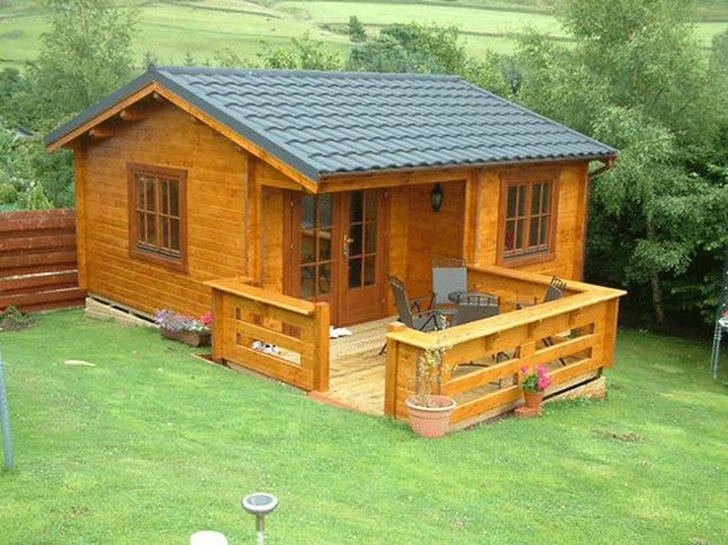
Importance of Heating and Ventilation Maintenance
In log cabins, heating and ventilation systems serve two main purposes: maintaining a comfortable indoor temperature and ensuring proper air quality. Without regular maintenance, these systems may fail to operate at their best, potentially leading to high energy costs, uncomfortable living conditions, and even health risks such as carbon monoxide buildup or mold growth.
For instance, a poorly ventilated cabin may trap moisture, leading to damp conditions that encourage mold growth, which can affect both the health of the occupants and the wood structure. Likewise, inefficient heating can lead to higher energy consumption and a less cozy environment, making the cabin less inviting during cold weather.
1. Inspecting and Maintaining the Heating System
The heating system in a log cabin is often the heart of the home, especially during the colder months. Whether it’s a traditional wood stove, a propane heater, or a modern electric or gas furnace, regular inspection and maintenance are necessary to ensure efficiency and safety.
Solution: Schedule an annual inspection of your heating system. This check should include cleaning, checking for leaks or cracks, and ensuring that the system is operating at full capacity.
Actionable Steps:
Clean the Heating System: If you're using a wood stove or fireplace, make sure to remove any soot, creosote buildup, or ash. Creosote is highly flammable, and buildup can cause dangerous chimney fires. A chimney sweep should be hired every 1-2 years depending on usage.
Check for Leaks: Inspect the stove or furnace for any visible leaks or cracks, particularly around vents and pipes. If you notice any issues, have a professional repair them promptly to avoid carbon monoxide leaks.
Replace Filters: If your heating system uses a filter, replace it at least once a year. A clogged or dirty filter can reduce efficiency and contribute to poor air quality.
Check Thermostats and Ductwork: Ensure the thermostat is calibrated and functioning correctly. For central heating systems, check the ductwork for leaks that could cause heat loss.
Real-Life Example: A cabin owner in Colorado noticed that their wood stove was not producing enough heat, despite frequent use. After a thorough inspection, they discovered that a significant amount of creosote had built up inside the chimney, blocking airflow. They hired a chimney sweep to clear the buildup, and as a result, the stove’s efficiency improved, and their heating bills decreased.
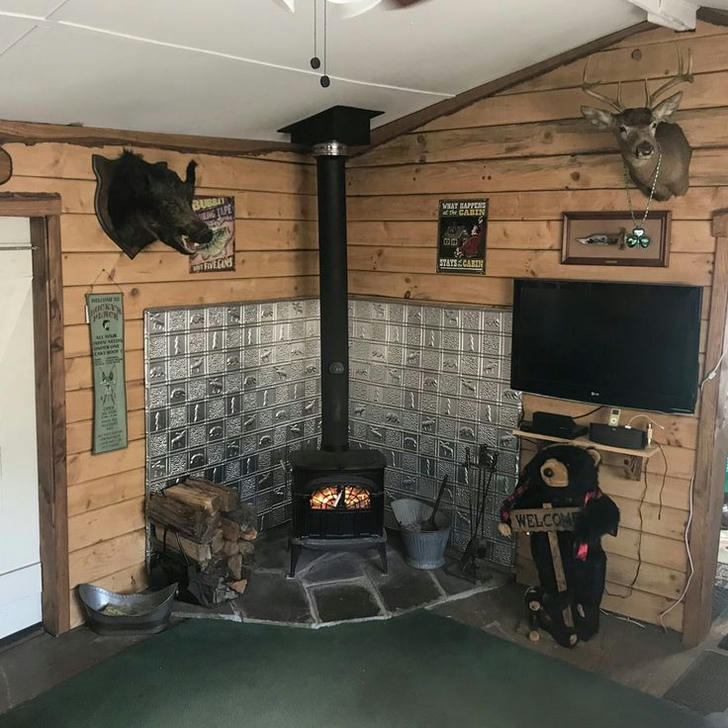
2. Maintaining the Ventilation System
Proper ventilation is essential to ensure good indoor air quality, especially in a log cabin, where tight spaces and natural materials can trap moisture. Without adequate ventilation, problems like condensation, mold, and musty odors can develop. This is especially true in colder climates where windows are often closed for extended periods.
Solution: Inspect your cabin’s ventilation system regularly to prevent moisture buildup and ensure airflow is optimal. If you don’t have a mechanical ventilation system, you can create a natural flow of air with well-placed vents.
Actionable Steps:
Check Vents and Fans: Ensure that all exhaust fans (in the kitchen, bathroom, and laundry areas) are working efficiently. Clean the fan blades and remove any dust or debris that might be blocking airflow.
Inspect Air Circulation: Make sure that vents in the walls or ceiling are not obstructed by furniture or other items. A good airflow is necessary to keep the air fresh and to prevent moisture buildup.
Install a Humidity Control System: In regions with high humidity, it’s beneficial to install a dehumidifier to control moisture levels. Alternatively, a ventilation system with a built-in heat recovery component (HRV) can regulate air moisture and temperature simultaneously.
Seal Gaps and Leaks: Check for any gaps or cracks in windows, doors, and walls that might allow cold air to enter, affecting the cabin’s temperature and ventilation. Proper insulation can help reduce drafts and maintain consistent airflow.
Real-Life Example: A family living in a coastal log cabin struggled with moisture buildup and mold in the winter. They decided to install an HRV system, which helped remove excess moisture while simultaneously bringing in fresh air from outside. The humidity levels in their home improved, and they no longer experienced mold growth.
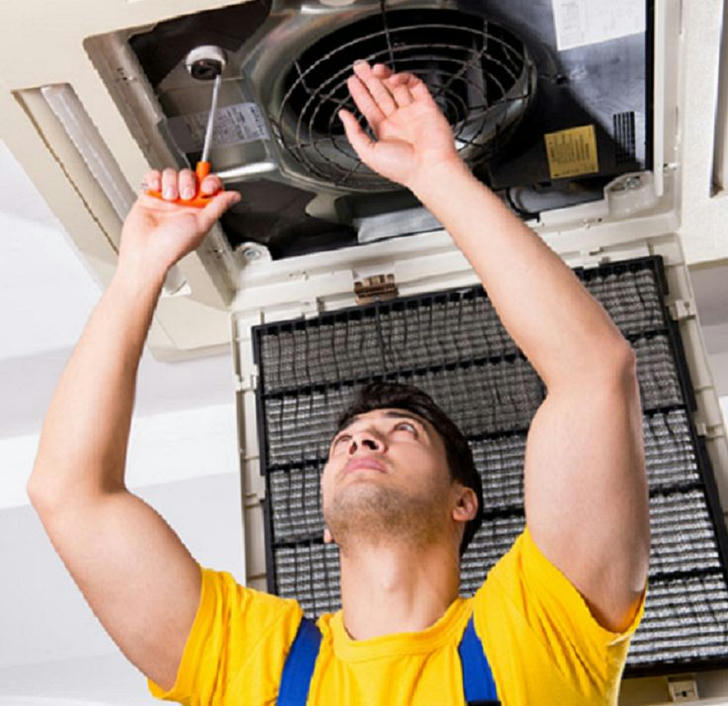
3. Cleaning and Preventing Moisture Issues
Moisture is one of the biggest challenges for log cabin owners, as wood is highly sensitive to humidity. Without proper ventilation, moisture can cause wooden beams, walls, and floors to warp, rot, and even develop mold. Similarly, excess moisture in the air can make your heating system work harder than necessary.
Solution: Regularly check for signs of moisture and mold in areas such as the attic, basement, and behind walls. Taking preventative steps can save you from costly repairs in the future.
Actionable Steps:
Inspect for Water Leaks: Check the roof, windows, and plumbing for any signs of leaks. A small leak can lead to significant damage over time, especially in a log cabin, where water can seep into the wood and cause decay.
Control Indoor Humidity: Use a hygrometer to monitor indoor humidity levels. Ideally, it should be between 30% and 50%. If it exceeds this range, use a dehumidifier to reduce moisture levels.
Fix Roof and Gutter Problems: A leaky roof or blocked gutters can allow water to infiltrate the walls of your cabin, causing long-term damage. Ensure gutters are cleaned regularly to avoid water buildup.
Seal Windows and Doors: Insulate windows and doors with weather stripping to prevent cold air from entering and warm air from escaping, which can lead to condensation inside your cabin.
Real-Life Example: A cabin owner in Oregon noticed increased condensation on their windows and walls during the winter months. After inspecting the cabin, they discovered that the attic had insufficient ventilation, which led to moisture buildup. They installed additional ventilation in the attic, significantly reducing condensation and the risk of mold.
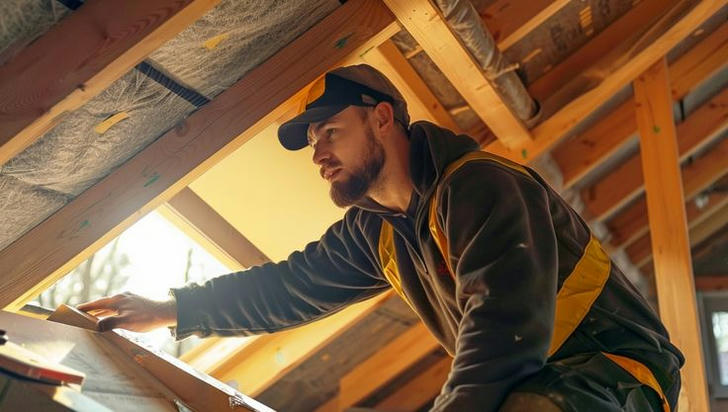
4. Preventing Carbon Monoxide Hazards
Carbon monoxide (CO) is a colorless, odorless gas that can be deadly in high concentrations. It’s a serious risk if your cabin uses gas heaters, stoves, or a fireplace. Regular checks for CO leaks and installing detectors is essential to protect your health.
Solution: Install CO detectors in key areas of the cabin and ensure they’re regularly tested. Also, have your heating system inspected by a professional to ensure it is operating safely.
Actionable Steps:
Install Carbon Monoxide Detectors: Place CO detectors near sleeping areas and the kitchen, where heating appliances are used. Test the alarms monthly and replace the batteries twice a year.
Schedule Professional Inspections: Have a licensed technician inspect your heating system annually, especially if you're using a gas heater or wood stove, to ensure there are no leaks or safety concerns.
Ventilate the Cabin Properly: Ensure that the flue or exhaust system for any gas appliances is working correctly to expel CO from the cabin.
Real-Life Example: A family in a remote log cabin found that their gas stove wasn’t venting properly, leading to a buildup of CO. After installing detectors and having the stove professionally serviced, they were able to eliminate the risk and improve the cabin's overall safety.
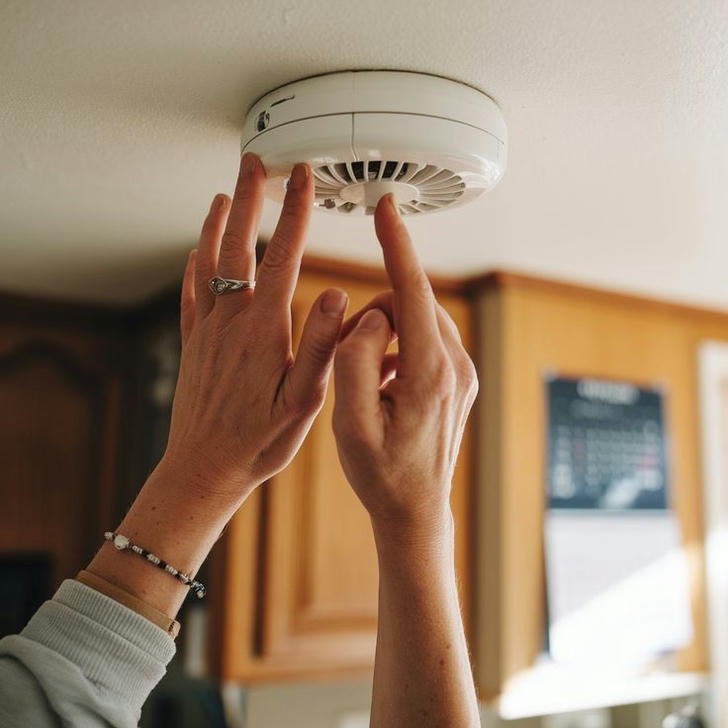
Conclusion
Maintaining and checking the heating and ventilation systems in your log cabin is crucial for both comfort and safety. By regularly inspecting your heating system, ensuring proper ventilation, preventing moisture buildup, and safeguarding against carbon monoxide, you can ensure that your cabin remains a warm, healthy, and safe home. Implementing these practical solutions and learning from real-life examples will help you stay on top of maintenance tasks, ultimately enhancing the longevity of your log cabin and making it a more enjoyable place to live.
